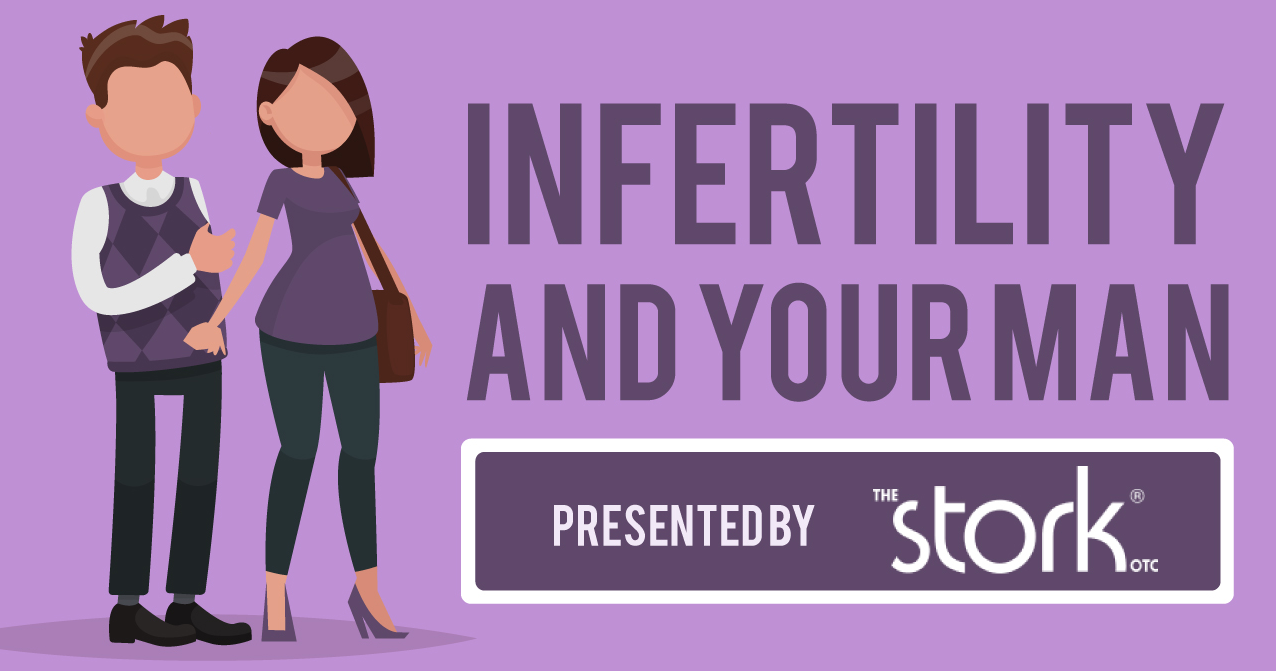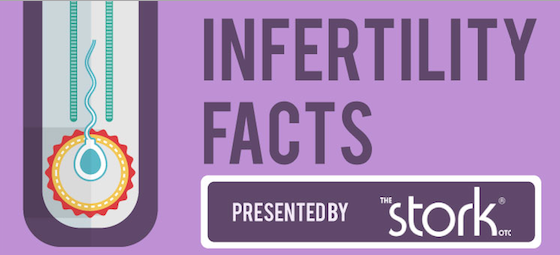In the not so distant past, couples frustrated by their inability to conceive could only live with it. But infertile couples now have a better chance of beating those obstacles that have stood in their way. One procedure that has helped couples is ZIFT.
ZIFT is an ART which works as a combination of IVF and GIFT. This alphabet soup translates for us common folks to mean that zygote intrafallopian transfer (ZIFT) is an assisted reproductive technology (ART) that combines in vitro fertilization (IVF) and gamete intrafallopian transfer (GIFT).
Any clearer now?
Not so much?
Let's define some terms. A zygote is a cell that forms when an egg is fertilized. After fertilization, the zygote experiences two weeks of rapid cell division and becomes an embryo.
"Intrafallopian transfer" means that zygotes are placed in the fallopian tube.
Fertility drugs stimulate production of multiple eggs in your ovaries, which are removed upon maturity. Your eggs are fertilized by your partner's sperm outside of your body.
After the first day, a fertilized egg divides. So now it's a zygote. Up to four zygotes are transplanted into your fallopian tubes. Your eggs have the opportunity to travel down the fallopian tubes to your uterus and become implanted there.
More than one embryo will implant in about 35 percent of successful pregnancies, resulting in the birth of multiple babies.
You may fit the profile for zygote intrafallopian transfer if you have problems with ovulation or if your partner has a low sperm count. If you've tried unsuccessfully to conceive for a year, you might consider ZIFT.
If you've tried intrauterine insemination (IUI) five times or more without success, ZIFT may be an option.
If your tubes are blocked or severely damaged, ZIFT may not be suitable. If you have abnormalities like a malformed uterus or adhesions, this is not the treatment for you.
If you're wondering whether to go with GIFT or ZIFT, the general recommendation is to first attempt GIFT. GIFT involves less risk of ectopic pregnancy or multiple birth, and it's less expensive.
The recommendation changes if you've attempted many times to conceive without success. In that case, ZIFT might be your best route. Consult a reproductive endocrinologist to determine your best course of action.
Zygote intrafallopian transfer is only used in about one percent of ART treatments. Still, ZIFT has facilitated the births of almost 300 babies in the US in the past year.
Resources:
Zygote Intrafallopian Transfer (ZIFT)
http://www.sharedjourney.com/ivf/zift.html
Infertility and Assisted Reproductive Technology (ART): Zygote Intrafallopian Transfer (ZIFT)
http://www.womens-health.co.uk/infertility/ZIFT.html
Fertility treatment: Zygote intrafallopian transfer (ZIFT)
http://www.babycenter.com/0_fertility-treatment-zygote-intrafallopian-transfer-zift_4096.bc
Zygote Intrafallopian Transfer
http://www.fertilityfactor.com/infertility_medical_options_zift.html
Visit Jody's website and blog at http://www.ncubator.ca and http://ncubator.ca/blogger






Add a CommentComments
There are no comments yet. Be the first one and get the conversation started!